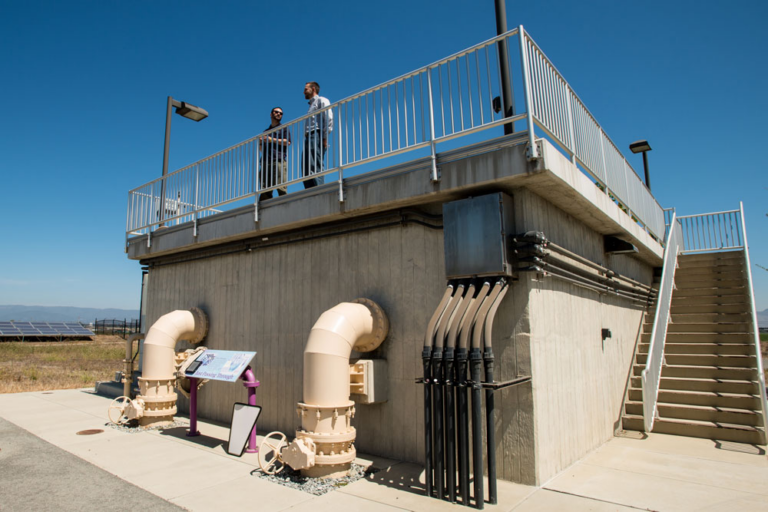At the very heart of an effective wastewater management system lies the critical component known as the lifting station. These stations ensure that wastewater flows smoothly, overcoming constraints imposed by terrain and gravity. Key to the functioning of this system are specially designed pumps capable of addressing the specific needs posed by these stations. This article will delve into the types of pumps that are vital for structuring a competent lifting station.
Lifting stations, also known as pump stations or lift stations, are used to transport wastewater from lower to higher elevations, particularly when the elevation of the source is insufficient for gravity flow or when using gravity conduits would be excessively costly.
The one tool that plays a crucial role in this process is the pump. Its function not only dictates the efficiency of wastewater treatment but also impacts the durability and maintenance needs of the whole station. Understanding different types of pumps used in lifting stations can assist operators in making informed decisions.
Submersible pumps are arguably the most commonly used type of pump in lifting stations. Due to their ability to operate while submerged in wastewater, these pumps are not only efficient, but they also reduce the risk of potential health hazards by limiting human interaction with wastewater. They are designed with an airtight sealed motor close-coupled to the pump body, and the whole assembly is submerged in the fluid to be pumped. This attribute reduces the space required for pump installation and decreases noise levels.
However, another pump type has started gaining traction in newer lifting stations: grinder pumps. These pumps, along with transporting the wastewater from lower to higher elevations, also grind the solid waste into a fine slurry before pumping it out. Grinder pumps play an invaluable role, particularly in areas where the wastewater contains a higher concentration of solid waste. This capability makes grinder pumps crucial in preventing system blockages or potential damage from large, solid wastes.
Another type of pump used in lifting stations is the centrifugal pump, mainly found in larger commercial or municipal applications. These pumps utilize rotational energy to transport wastewater. The rotational movement creates a centrifugal force that pushes the wastewater out of the pump and into the wastewater pipeline, facilitating its movement uphill. The major advantage of centrifugal pumps is their ability to handle large amounts of wastewater and their high efficiency during continuous operation.
It is also essential to mention effluent pumps, which are designed to handle greywater—wastewater that doesn’t contain solid waste—in a lifting station. Effluent pumps operate similarly to most pumps, but their usage can significantly enhance the efficiency of a lifting station in areas where greywater and blackwater (wastewater containing human waste) are separated.
While all these pumps serve critical functions, selecting the optimum pump type requires consideration of various factors such as the type of waste, quantity of the wastewater to be handled, height to which the wastewater needs to be pumped, and cost of installation and maintenance.
Thus, the success of any lifting station predominantly rests on the shoulders of its pumps. Whether it’s a submersible pump ensuring efficient operations with minimal human interaction, a grinder pump handling solid waste, a centrifugal pump transporting large volumes of wastewater, or an effluent pump operating with greywater, each has a crucial role to play in maintaining the smooth functioning of a lifting station.
Without a correctly chosen and efficiently functioning pump, a lifting station cannot perform its basic operations, eventually affecting the entire wastewater management system. It is, therefore, absolutely essential to make informed decisions when selecting the type of pump for your lifting station.
Frequently Asked Questions (FAQs)
- What is the primary function of a lifting station?
Lifting stations pump wastewater from lower to higher elevations, preventing backups and ensuring a continuous flow to treatment facilities.
- How do centrifugal pumps contribute to lifting station efficiency?
Centrifugal pumps efficiently handle large volumes of wastewater, making them vital for the smooth operation of lifting stations.
- Can submersible pumps handle varying fluid viscosities?
Yes, submersible pumps are designed to handle various fluid viscosities, offering efficient performance in lifting stations dealing with diverse wastewater compositions.
- What are the key maintenance tasks for diaphragm pumps in lifting stations?
Regular checks for diaphragm integrity, monitoring fluid compatibility, and addressing any wear and tear are essential maintenance tasks for diaphragm pumps in lifting stations.
- Are there government incentives for adopting sustainable pumping solutions?
Depending on the region, there may be government incentives for adopting sustainable and energy-efficient pumping solutions, contributing to both environmental and economic benefits.

